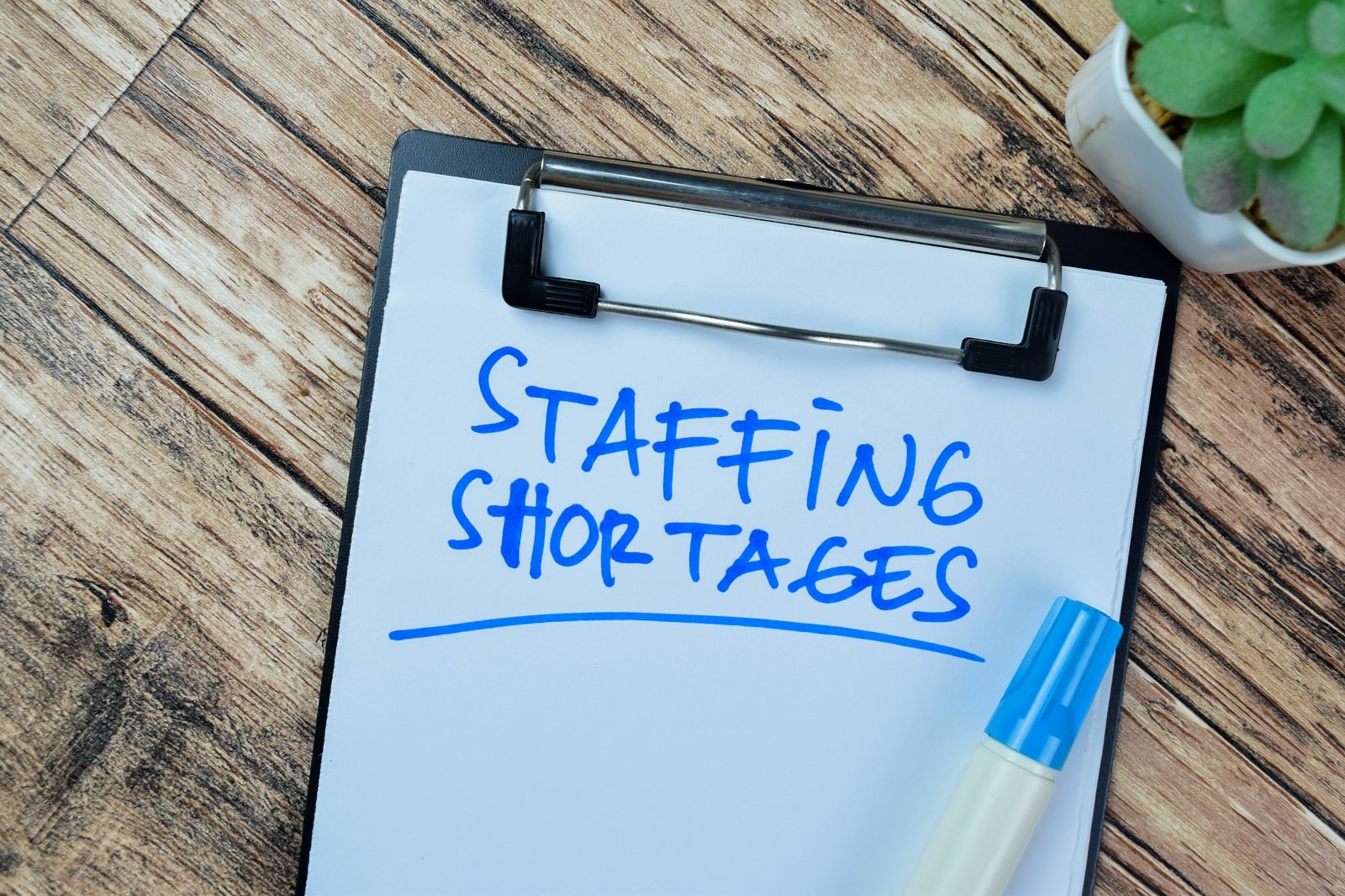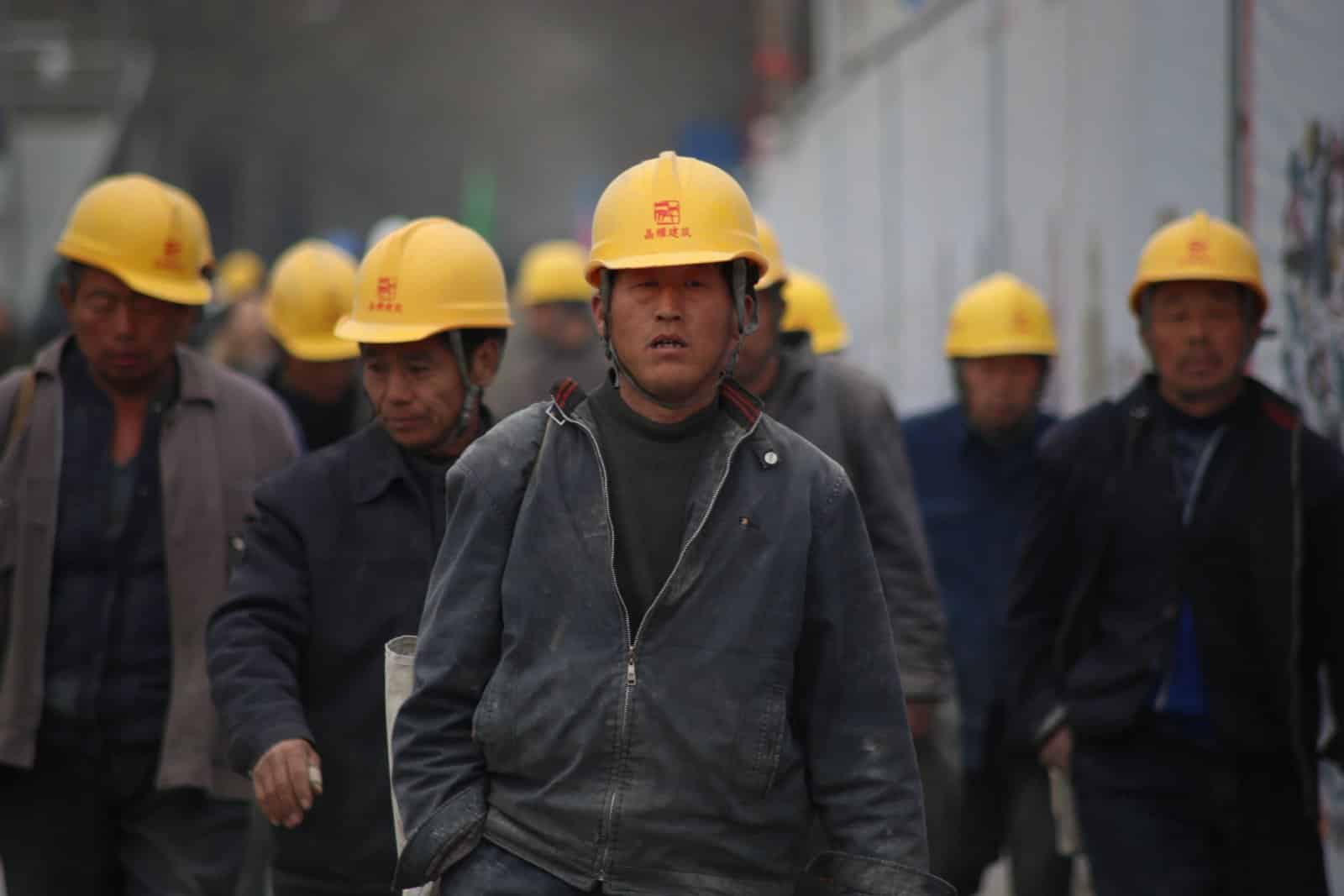The United States is witnessing a significant exodus from its workforce, with approximately 10,000 older adults bidding farewell each day. The COVID-19 pandemic hastened this trend, which was first sparked by the aging baby boomer population. More and more people are choosing to retire early and prioritize their health.
Stagnant Labor Force

The ramifications are far-reaching. For every retiree, there’s only one new entrant into the labor force, creating a stagnant labor force and hindering potential growth.
Impact on Economic Growth

Selcuk Eren, a senior economist at The Conference Board, emphasized that economic growth is intrinsically tied to workforce expansion.
“So, one-on-one means that your labor force is not growing, which is going to slow down economic growth, as well.”
Federal Workforce Challenges

The federal government workforce is poised to face a severe blow as a substantial portion, 40%, is currently aged 55 or above.
Due to the educational requirements for these positions, it will be difficult to locate qualified replacements for the upcoming wave of retirements.
Skills Shortage

“We’re running out of workers. Why? Because baby boomers are retiring, and you don’t have enough younger workers who are skilled to fill in their spots,” voiced Dana Peterson, chief economist at The Conference Board, during a recent online symposium.
Industries Facing Shortages

A recent report from The Conference Board shed light on the industries most likely to encounter labor shortages due to the departing baby boomers.
Impact on Blue-Collar Jobs

Cleaning, construction, installation, maintenance, and repair are among the blue-collar jobs that are anticipated to be significantly impacted.
Jobs in production and transportation will likewise be hardest hit, though not as much.
Healthcare Sector Challenges

Due to the growing need for personal care as baby boomers age, health-related occupations are seeing the worst labor shortages.
STEM Professions and Remote Work

Interestingly, STEM professionals appear to be at a lower risk of shortages, and jobs that offer remote work will see fewer severe labor shortages.
Labor shortages are less likely to occur in jobs requiring a college degree, although some jobs may still be in danger.
The Role of Immigration

According to Selcuk Eren, one important tactic to lessen the effects of baby boomers retiring would be increased immigration.
“That’s probably the fastest solution because it takes time to educate a younger person, to bring them to that skill level. The fastest solution is just immigration and giving priority to immigrants with those skills that we are going to be lacking.”
Immigration Trends

According to Census data, immigration levels have rebounded to pre-pandemic levels after experiencing a significant dip during the pandemic, dropping to just 0.16%.
The Census projects stagnant growth in the U.S.-born population for the foreseeable future.
Incentivizing Delayed Retirements

In addition to immigration, Eren suggested incentivizing delayed retirements through tax and social security policies and offering flexible work arrangements to those nearing retirement age.
Opportunity for Younger Generations

Chicago-based college professor Kristin Mariani views the departure of boomers as a positive. She sees it as an opportunity for younger generations to step into leadership roles.
“The impact is, it’s giving younger people, the generations that came after them, to become the change-makers, the decision-makers,” says Mariani.
Disruption and Innovation

Career coach Julia Toothacre anticipates some disruption as companies adapt to the shifting demographics of the workforce.
However, Toothacre also sees this transition as a catalyst for innovation and growth, anticipating new opportunities and market shifts in the coming years.
Global Demographic Shift

Worldwide, baby boomers – possibly the largest generation in the workforce – are leaving the workforce, and the number of new babies being born is not keeping up with the aging labor force.
Aging Challenges

As life expectancy rises and birth rates decline, many nations are grappling with the economic, social, and healthcare implications of an increasingly elderly population.
The UK’s Aging Population

Recent reports indicate that across the pond, Britain is facing a significant challenge with its aging population, and the implications are poised to have substantial financial repercussions.
Generational Change in Workforce

A recent analysis from the UK Centre for Policy Studies (CPS) projects that by 2040, the percentage of people 65 and older would grow to almost 25%.
Compared to just 5% in 1908 – the year the state pension was introduced – and 19% now, this is a huge increase.
Immigrants as Economic Contributors

The nation is facing a generational change in its workforce, and immigrants may be able to help maintain economic growth even as a large number of baby boomers prepare to retire.
The post Workforce Exodus Sparks Immigration Debate: Is It the Solution to Economic Woes? first appeared on Swift Feed.
Featured Image Credit: Shutterstock / bangoland.
The content of this article is for informational purposes only and does not constitute or replace professional financial advice.

